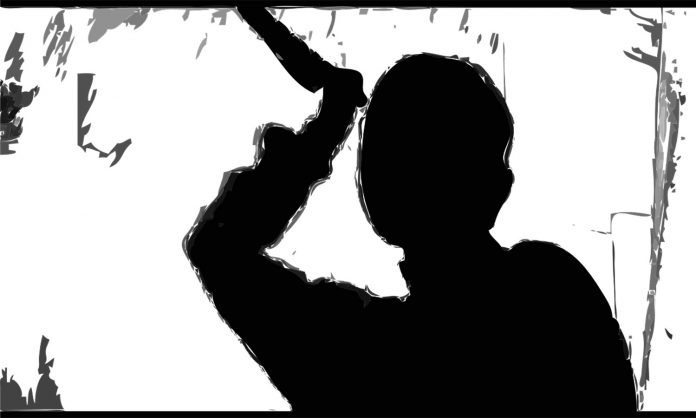
In an article on Lit Hub, several poets share how cinema influences their work.
“A cinematic scene is orchestrated in a way that is useful for poets to study if they want their poems to have complex and dynamic movement on the page, to switch perspectives or angles, to work through shifts in psychology. For example, in a slasher scene, you might take on multiple roles in the scene based on the camera’s view, moving from both perpetrator to victim and observer perspectives. In a body horror scene, you might enter the inside of the body, then move back out. Cinema often also works with montage and floating fragments, which is useful for poetry (or, at least, has been for mine).”
– Sara Eliza Johnson on Poetry, Trauma, and the Aesthetics of Horror
Sartorially, Anna May Wong’s lack of belonging across America and China compelled her to assert a new identity for herself. In the footage from her initial journey to Shanghai on a boat, Anna May draped herself in a luxurious fur coat and donned a black wool hat. On the street, she wore a long qipao and black leather gloves, with a fox fur draped around her. She was a tourist, essentially—but in a sense, she was also observing the street scenes of Shanghai, taking on the role of a female flaneur and participating in its urban life with her movements and her style of dress. If Anna May Wong’s film roles expressed a series of stereotypes, a set of tragedies, or a lack of agency, then fashion has always been Anna May Wong’s assertion of her identity, her sense of connection to her culture, and consequently, her agency.
– Sally Wen Mao











